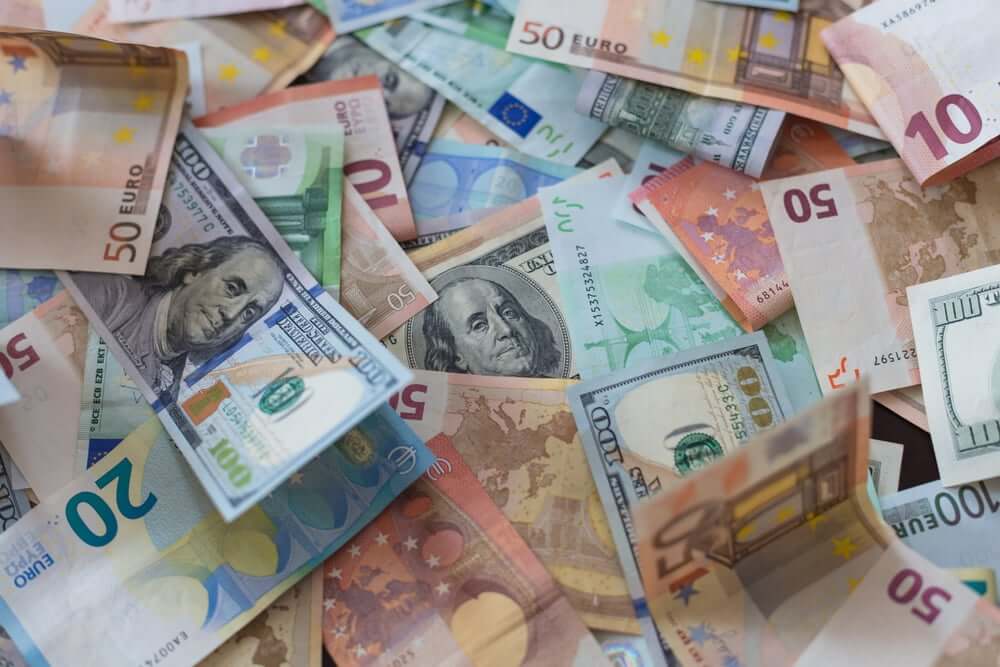
The euro and the Russian ruble continue to weaken
USDRUB chart analysis
Pair tested 100,000 levels this morning, and after that, we have a jump in the value of USDRUB to a new high of 118,125. Pair is currently moving its value to 120,000. The current consolidation in the last 3 hours is around 117,000-118,000, and if the pressure continues, we will likely see a break above 120,000 and the formation of a new historical high.
Russia’s central bank has introduced a 30 percent commission on the purchase of foreign currency for individuals on stock exchanges, brokers told Reuters, citing a letter from the regulator.
The Central Bank of Russia did not immediately respond to the news agency’s request for comment.
Two days ago, Russia more than doubled its key interest rate after the ruble weakened by 30 percent against the US dollar. The bank said it had raised the rate to 20 percent from 9.5 percent to mitigate the impact of the ruble’s fall on prices.
The BBC reported yesterday that buying foreign currency is now 50 percent more expensive, if at all. Earlier this year, one dollar was sold for 75 rubles and one euro for 80 rubles. Earlier this week, one dollar was sold for 113 rubles and one euro for 127 rubles.
The brutal economic sanctions imposed by the West on Moscow in response to Russia’s aggression against Ukraine are directly affecting citizens who are increasingly raising their voices against Vladimir Putin’s regime and policies.
Russians are preparing for an economic recession that could be the worst since the 1990s after the United States and its allies imposed “devastating” sanctions on Moscow to punish President Vladimir Putin for an unprovoked invasion of Ukraine. Analysts say Russian citizens are facing the future of a sharp jump in inflation, rising unemployment, expensive loans, capital controls, shortages of goods, and limited travel – problems that marked the decade since the collapse of the Soviet Union in 1991 – as Russia waged war in an apparent attempt to subjugate Ukraine.
The bleak outlook, which could last for years if Putin continues to work on his military goals, is in grim contrast to the optimistic economic forecasts the International Monetary Fund released just three months ago, forecasting 2.8 percent growth in 2022 and 2,1 percent in 2023.
Instead, Putin’s invasion of Ukraine on February 24 sparked unprecedented sanctions that quickly isolate Russia from the West and shattered its economy.
The turmoil has prompted Russians across the country to rush to withdraw money from ATMs, buy imported goods such as computers and phones, and exchange their laundry for foreign currency wherever possible for fear of banking disruptions, rising prices, and further devaluation.
EURUSD chart analysis
Pair EURUSD is still in negative consolidation after stopping at 1.12500 on Monday. Bearish pressure has continued due to the Russian-Ukrainian crisis, and the pair is now at 1.10850, testing this year’s low at 1.10500. Continuation towards 1.10000 is very probable.
Bullish scenario:
Bearish scenario:




